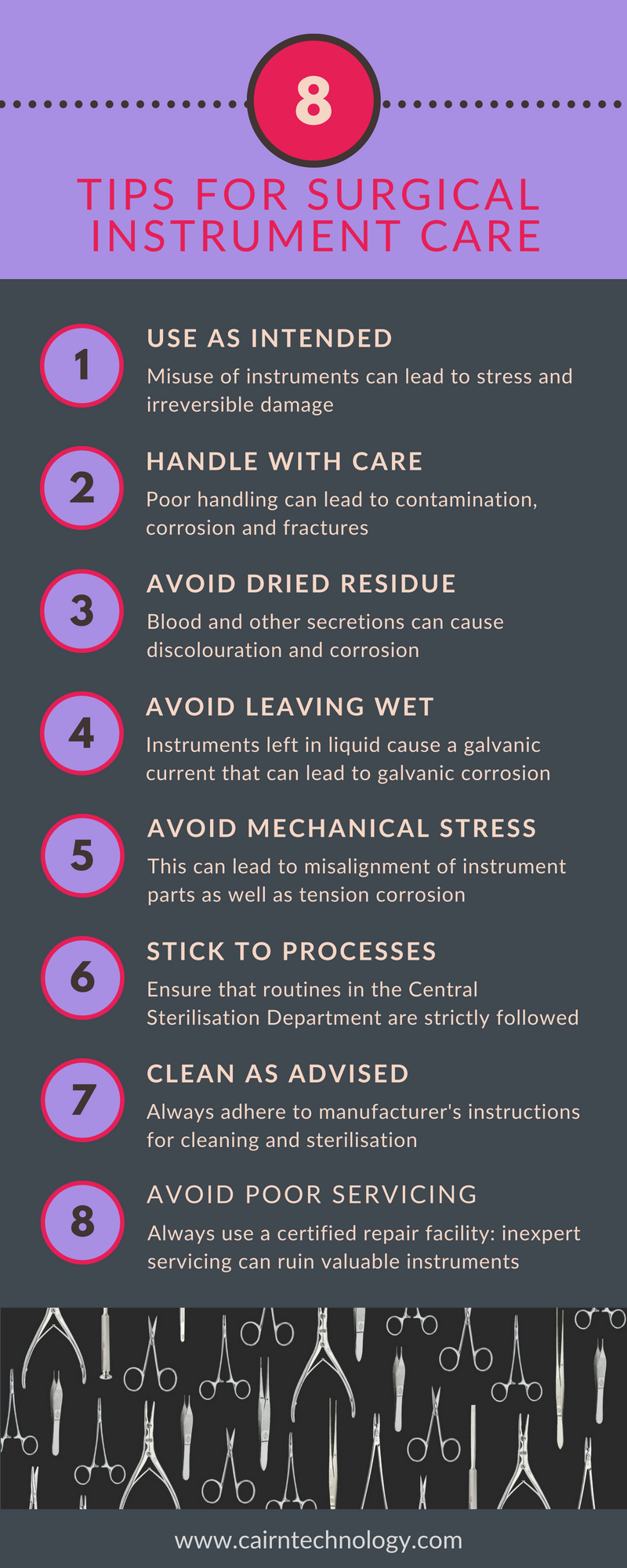The Link Between Adult Social Care and Hospital Discharges
The NHS is currently facing a significant backlog that shows no sign of easing in the foreseeable future.
As a measure for easing the pressures, Prime Minister Rishi Sunak has discussed greater investment in social care.
In this post, we’ll explore the link between adult social care and hospital discharges. We shall explain how investing in social care may help free up hospital beds for other critical care patients.
How Can Adult Social Care Investment Free Up Hospital Beds?
Not all patients necessarily need to be in hospital to receive the care they need. Some patients can instead receive care in the community. Essentially, this means that they’ll leave hospital and go to either their home, a family member’s home, or a dedicated residential setting.
A care worker or nurse will then visit them routinely to give them the care they need. This might involve administering medication, supervising physiotherapy exercises, or simply checking up on them to see how they’re progressing following hospital treatment.
If need be, the care worker may refer the patient back to hospital to receive more intensive care or supervision. But in most cases, the patient can make a full recovery from the comfort of their own home.
Why Are Adult Social Care Issues Causing Hospital Bed Shortages?
Every patient receiving care in the community is a patient who is not taking up a hospital bed. This frees up hospital beds for more critical cases. It also increases the overall capacity of the hospital and its staff. This can make a difference to many of the crises the NHS is currently facing, from the backlog of care to the long ambulance waiting times.
How is the Government Investing in Adult Social Care?
During the 2020 pandemic, the Department of Health and Social Care (DHSC) was committed to freeing up as many hospital beds as possible. They aimed to reduce pressures on the NHS and to ensure that there would be capacity for any COVID patient who needed hospital care. And they did this via a fund that would allow patients to receive up to six weeks of free social care upon leaving hospital.
In September 2022, there were reportedly 13,000 people in hospital who could instead be receiving care in the community. So the Secretary of State for Health and Social Care unveiled a £500m grant for adult social care.
Will This Investment Make a Difference?
Unfortunately, the adult social care sector is itself going through some tough times.
Vacancies in adult social care rose by 52% in 2021-2022. So even if the government pledges to fund adult social care, there may not be the capacity to handle the increased caseload this would bring.
The DHSC has also discussed launching a domestic adult social care recruitment campaign. But given how long it takes to recruit and train specialist social workers to provide care in the community, it’s unlikely that this will make a difference in the short-term.
Investing in adult social care is a vital step to addressing the NHS’s backlog, and the numerous additional problems it brings. Though as is usually the case, things are far more complicated than they initially seem, and we’re unlikely to see any noticeable improvements in the near future.
How Can Hospitals Manage in the Short-Term?
While this issue continues to affect practice, hospitals and healthcare staff continue to work to the best of their ability to deliver efficient and high-quality care.
We have been working with healthcare professionals for over 20 years to find solutions and procedures to help improve efficiency through infection control and air quality monitoring as well as by providing products to help improve turn-around times and patient outcomes.


